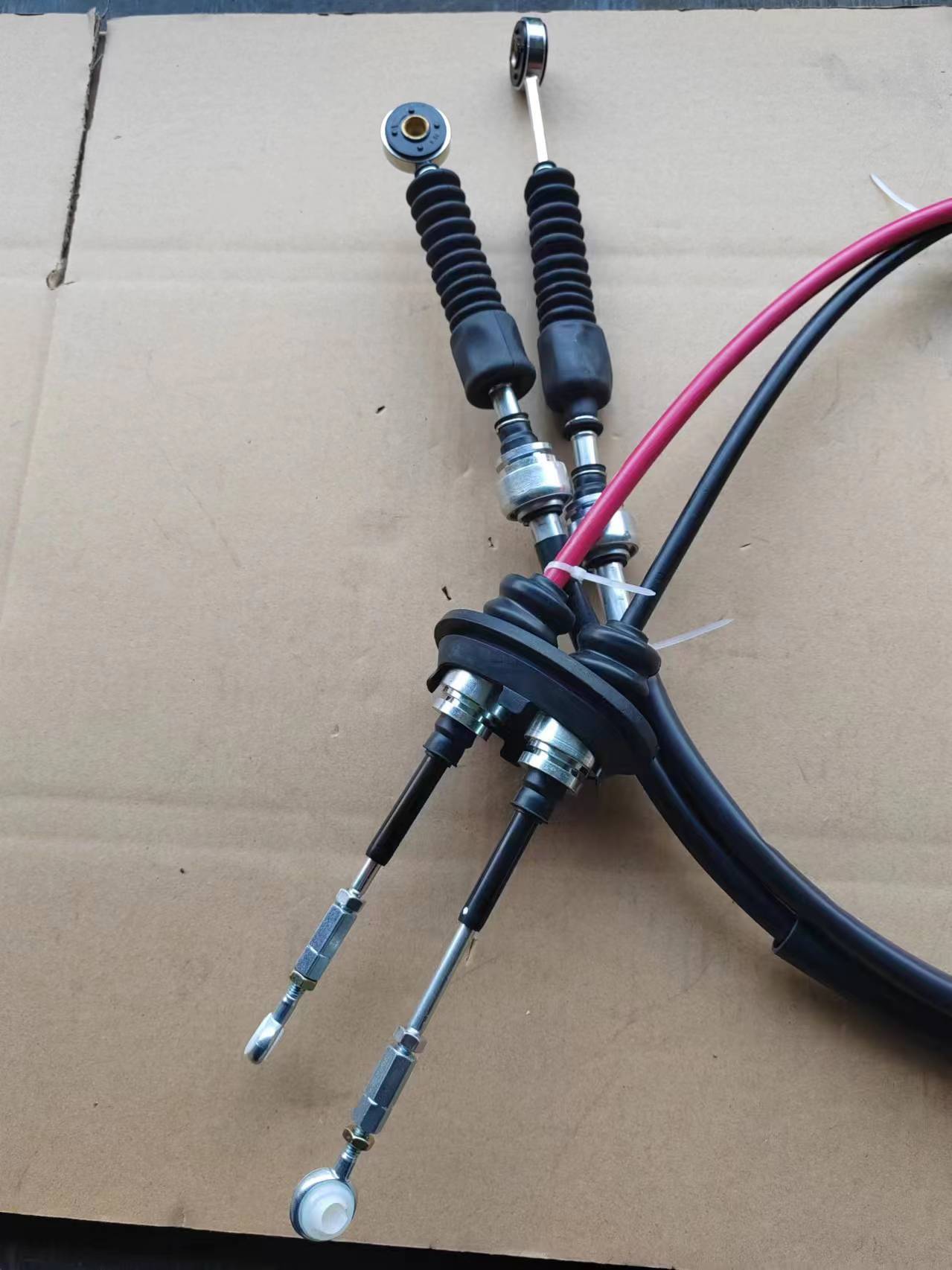Clutch Master Cylinder Hose Replacement and Maintenance Tips for Optimal Performance
Understanding the Clutch Master Cylinder Hose
The clutch master cylinder hose plays a vital role in hydraulic clutch systems, which are commonly found in modern vehicles, motorcycles, and certain machinery. Understanding this component is essential for both vehicle owners and mechanics because it affects the overall performance and reliability of the vehicle’s transmission system.
What is the Clutch Master Cylinder Hose?
The clutch master cylinder hose is a flexible conduit that connects the clutch master cylinder to the clutch slave cylinder. The primary function of this hose is to transmit hydraulic fluid under pressure from the master cylinder to the slave cylinder, enabling the operation of the clutch. This hydraulic system allows for smoother disengagement and engagement of the clutch when shifting gears, making it easier to drive.
The design of the clutch master cylinder hose is crucial. It must withstand the high pressures generated by the hydraulic system, which can often exceed several hundred psi. Additionally, the hose is usually made from rubber or a synthetic material that is resistant to the corrosive effects of brake fluid and other hydraulic fluids. Its flexibility is also important to accommodate the movements of the engine and transmission during vehicle operation.
Signs of a Failing Clutch Master Cylinder Hose
Recognizing the signs of a failing clutch master cylinder hose can save vehicle owners from costly repairs and potential safety hazards. Common symptoms include
1. Fluid Leaks One of the most obvious signs of a problem with the clutch master cylinder hose is the presence of fluid leaks. If you notice hydraulic fluid pooling under your vehicle, it could indicate a rupture in the hose.
2. Spongy Clutch Pedal A decrease in pedal responsiveness or a spongy feeling when pressing the clutch pedal can indicate that air has entered the hydraulic system, often due to a leak in the master cylinder hose.
clutch master cylinder hose

3. Difficulty Shifting Gears If you're experiencing trouble shifting gears, particularly with smooth engagement or disengagement of the clutch, the hose might be compromised, causing insufficient hydraulic pressure to be transmitted.
4. Low Fluid Levels A consistent drop in fluid levels within the clutch reservoir could suggest a leak in the system, particularly in the hose. Regular checks of your hydraulic fluid can help catch this issue early.
Importance of Regular Maintenance
To ensure your clutch system remains in optimal condition, regular maintenance is essential. Inspecting the clutch master cylinder hose during routine vehicle checks can help identify wear and tear before it leads to significant problems. Mechanics often recommend replacing the hose every few years, especially in older vehicles or those subjected to extreme conditions.
Furthermore, the replacement of the clutch master cylinder hose often necessitates bleeding the hydraulic system to remove any air bubbles that may have entered. This process ensures that the hydraulic system maintains proper pressure, leading to a responsive clutch pedal.
Choosing the Right Replacement
If a replacement is required, it's crucial to choose a high-quality hose that meets the manufacturer’s specifications. Using substandard materials can lead to premature failure, potentially compromising the entire clutch system. Always consult the vehicle’s manual or work with a certified mechanic to ensure the correct parts are selected.
Conclusion
The clutch master cylinder hose may be a small component within the larger framework of a vehicle’s clutch system, but its role is undeniably significant. Understanding its function, identifying the signs of failure, and committing to regular maintenance can lead to a more reliable and efficient driving experience. With proper attention and care, drivers can ensure their vehicles perform at their best, allowing for safer and more enjoyable journeys on the road.
-
Workings of Clutch Pipe and Hose SystemsNewsJun.04,2025
-
The Inner Workings of Hand Brake Cable SystemsNewsJun.04,2025
-
The Secrets of Throttle and Accelerator CablesNewsJun.04,2025
-
The Hidden Lifeline of Your Transmission Gear Shift CablesNewsJun.04,2025
-
Demystifying Gear Cables and Shift LinkagesNewsJun.04,2025
-
Decoding Clutch Line Systems A Comprehensive GuideNewsJun.04,2025
